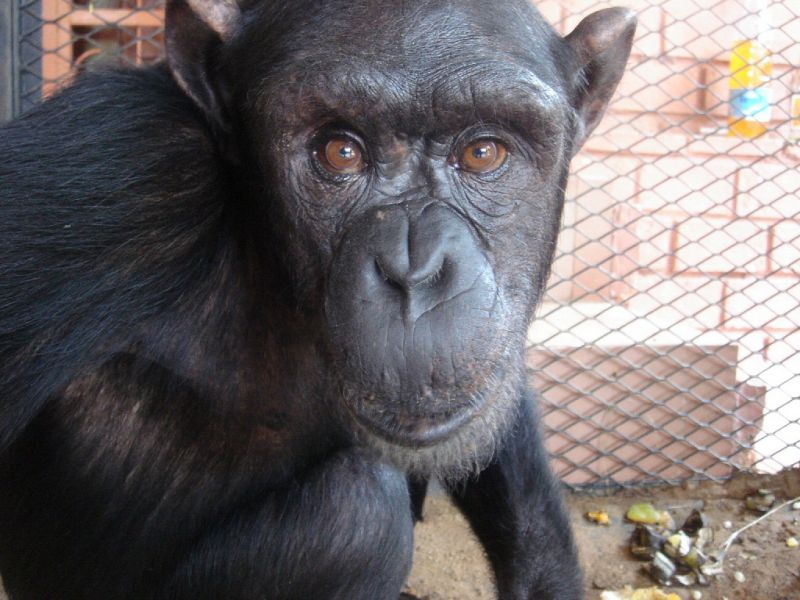This post courtesy BBC Earth and the Deadly 60 Team. For more wildlife news, find BBC Earth on Facebook and Posterous.
Mountain gorillas are endangered, with only 786 of them left in the world. Visiting them can be an incredible experience, as Steve Backshall discovered when he travelled to the forests of Uganda.
Gorillas are one of our closest relatives. They may be powerful, but they are also intelligent and shy. If—like Steve—you visit mountain gorillas, respect is key. Here are some tips to consider:
- Small groups: Gorillas are social primates living in complex groups. Only a few people at a time can visit them for short periods. Large groups of people would cause too much of a disturbance and risk stressing the animals.
- Stay quiet: You’ll also need to keep your voices low. Gorillas use vocalisations to communicate; loud noise and chatting might confuse the animals or make them anxious.
- Gorillas and humans share 98 percent of their genes: This means they may be vulnerable to the same diseases as we are. If you’re feeling ill or have a cold you’ll risk passing on your infection.
- Keep clean: To reduce contamination and spreading disease, the team also washed their hands before seeing the gorillas and weren’t allowed to smoke, drink or eat.
- Keep your distance: It’s never a good idea to approach or touch a large wild animal. A gorilla might see this as a threat.
- Listen to the guides: Our crew had a team of experienced guides with them at all times; they understand the gorilla’s behavior and can advise you how to act around them.
For more great tips and moving moments, check out the Deadly Diaries, direct from Steve and the Deadly 60 Team.














